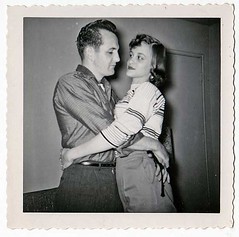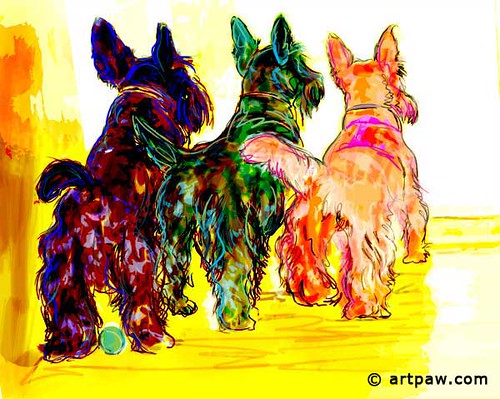
Martin Heidegger, German existentialist, writes:
"to be sure people think of the bridge as primarily and really
merely a bridge; after that, and occasionally, it might possibly express much else besides; and as such an expression it would then become a symbol of those things mentioned before." (
Poetry Language Thought)
So just what is Heidegger getting at when he says, "much else besides"?
Clearly he is not talking about the physical and concrete bridge.
My guess is that he means: bridge as symbol, bridge as metaphor, bridge as analogy.
Literal and figurative meanings of words seem to stand at opposite poles of representation.
Let us begin with a concrete bridge. And instead of a bridge, let's use a building.
What makes a building unique? A house, a museum, a skyscraper, a stadium. These are structures that serve a purpose. Right? The purpose of a house is to give shelter. The purpose of a museum is to display artifacts or artwork. The purpose of a skyscraper, generally speaking, is to give shelter or provide office space. The purpose of a stadium is to stage sporting events.
The hollow-space inside a structure makes it usable. This is the practical dimension of a building. The concrete.
What is architecture?
To me, "architecture" refers to both the building itself and the style of the building. Architecture is also the construction of the building.
Besides serving a purpose, we can position ourselves outside of the building merely to look at it. That is, to see the building objectively. To see the building as art.
I am aiming to discover a linkage between two worlds. The first world is the concrete world. The second world is harder to describe. But let me try.
Bernard Tschumi, a renowned architect, reports to the NY Times Magazine (June 7) in an interview:
"My apartment reflects my views as an architect. It is minimal, austere. The architecture doesn't impose itself upon you.
The apartment is a stage for other things to take place."
I am very interested in this aesthetic: "a stage for other things to take place."
Call it the aesthetics of negative presence.
A building is a container, a vessel of sorts.
The container should not intrude upon the space inside. The words on the page should not draw too much attention to themselves. The vessel should be clear, transparent. Through the vessel you should be able to see
other things.
Two elements come into play: the material and the non-material (or spiritual).
They are intimately linked, although they do not appear to be. Heidegger writes that buildings "are locations that allow spaces." He goes on to say, "That is why building, by virtue of constructing locations, is a
founding and a joining of spaces."
Tschumi prefers an apartment that is "minimal". Too many objects take up floor space in architecture and in life.
The more you do, the less you feel you have accomplished. The more you buy, the less you feel you have. Our lives become increasingly more diminished with each new acquisition and activity. We will always crave freedom so long as we are bound to a collection of things.
Lin Yutang writes,
"It is that unoccupied space which makes a room habitable, as it is our leisure hours which make life endurable."I do my best thinking when I am not intending to think. I do my best thinking when I am walking outside, among the trees and the whistling birds. The only roof over my thoughts is the sky. My intellect can spread into a larger vessel, the vessel of nature.
A writer builds structures, not unlike buildings.
These structures "allow spaces" for conversations. Writing invites participation by an audience just as buildings invite people to come inside.
How do we "stand inside" a poem or a novel?
Sometimes when I'm reading a novel, I feel as though I am immersed in a vivid, dreamlike world. But I'm also aware of my reaction to that world. The imagery may evoke sadness or joy in me, or produce a train of exquisite thoughts.
It seems as though a structure has gone up around me without my realizing it. An invisible structure was errected, a container, a vessel for my thoughts and emotions. And now I am baffled by this fourth dimension.
Where does the material end and the spiritual begin? Or are they so conjoined that it is impossible to seperate them?
When I'm reading I'm only aware of physical sensations and mental ones. But somehow they mix inside my experience. The spiritual and physical intermingle.
But why am I curious about this topic? Why has it nagged at my conscience, propelling me into this essay?
This essay is the conjoining of disparate ideas, the founding and joining of spaces. And these are new spaces for me to stand in and inquire about the material and the non-material. But what does it mean? What am I trying to accomplish? I am not sure yet. Perhaps I will continue to examine these ideas. I am afraid they have not been penetrated yet.
So there are visible and invisible structures. A poem is an invisible structure although it's meter and stanza breaks may be visible. A marriage is an invisible structure; sealed by the trust between two partners. A symphony has an invisible architecture. We listen from the audience and hear so many layers of sound built one upon the other.
I want to erect buildings. Not concrete ones. But I believe in the architecture of ideas. I believe there is a harmony to life and a harmony to our relations with others. There is perhaps no secret to discover but only a monument that we have been creating for the longest time. The monument contains our history, our meanings, our vast disconnected thoughts and it connects them all through this great edifice of time.
Who know? The edifice may not be here tomorrow. But whatever I build, I know, will remain in someone's mind.
I will repeat the sentence I quoted at the beginning of this essay. Maybe it will shed greater meaning on the topic now that I'm through; maybe not:
"to be sure people think of the bridge as primarily and really
merely a bridge; after that, and occasionally, it might possibly express much else besides; and as such an expression it would then become a symbol of those things mentioned before." (
Poetry Language Thought)
 photograph by Dan Collins
photograph by Dan Collins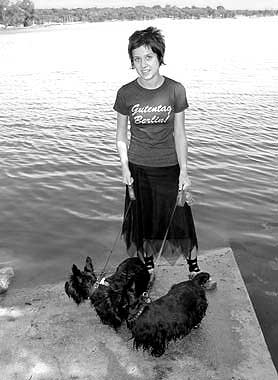





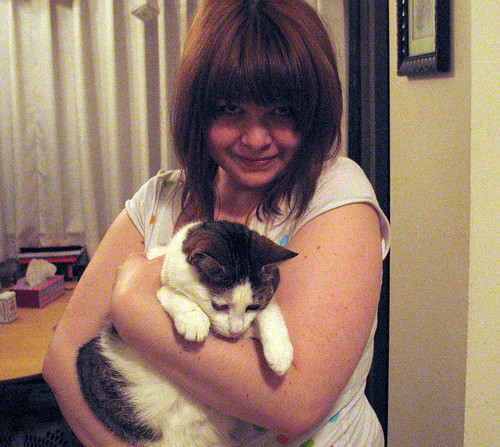






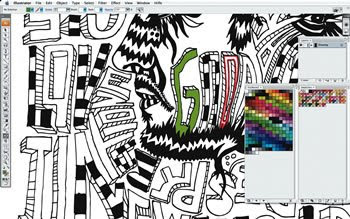







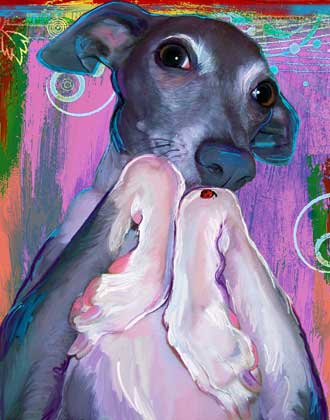



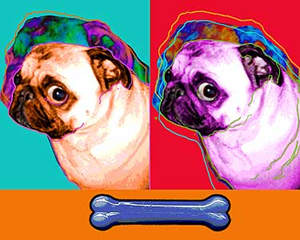









 The Pen tool’s use of Bézier curves makes it one of the most valuable features of Adobe Illustrator, and it can create beautifully flowing lines, perfectly realistic shapes and super-fresh graphics."
The Pen tool’s use of Bézier curves makes it one of the most valuable features of Adobe Illustrator, and it can create beautifully flowing lines, perfectly realistic shapes and super-fresh graphics." 





